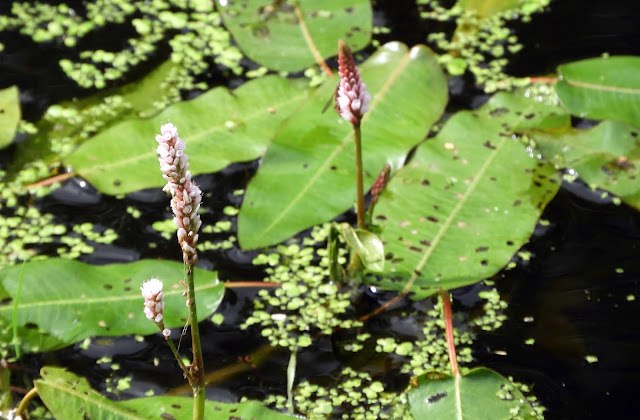Green-flowered Helleborine. Hope I've got this right. Note the swollen, hairless ovaries (apparently GFH can self-pollinate without the flowers opening, and so may remain in bud). The upper part of the stem lacks hairs. I found only two presumed examples amongst multiple Broad-leaved Helleborines. More photos below...
A trip up to the Cotswolds, Gloucestershire for Helleborines this morning. Not as straightforward as I'd hoped but educational and a joy to spend more time on chalky soil! On the way back down the M5 I stopped off at Ham Wall, hoping for dragonflies, but it became overcast pretty quickly and consequently there wasn't too much activity. Back for lunch.

Broad-leaved Helleborines were present in all shades.
Small Red-eyed Damselfly - thanks Steve!
Blue-tailed damselfly.
Glastonbury Tor - too cloudy for dragonflies unfortunately.
Arrowhead.
Marsh Harrier.
Frog-bit.
Ruddy Darter.
Great White Egret. One of two seen.
Amphibious Bistort.































I do not see enough Ruddy Darters, just love them!
ReplyDeleteThat's a small red-eyed damselfly in the picture, note how the blue extends up and down the sides of the abdomen.
Thanks Steve - I clearly don't see enough Small Red-eyeds! Knew about the blue but have the memory of a Goldfish! All the best. Matt
ReplyDeleteA memory like a Goldfish!? Couldn't disagree more looking at how much more knowledge you've clearly taken on within last five years!
DeleteKeep up the great posts.
Lovely stuff. Ruddy Darters are fairly common here, though not as widespread as Common Darter.
ReplyDeleteDon't see any spines on the plant you've labelled Petty Whin- I believe it's Dyers Greenweed, a different Genista sp.